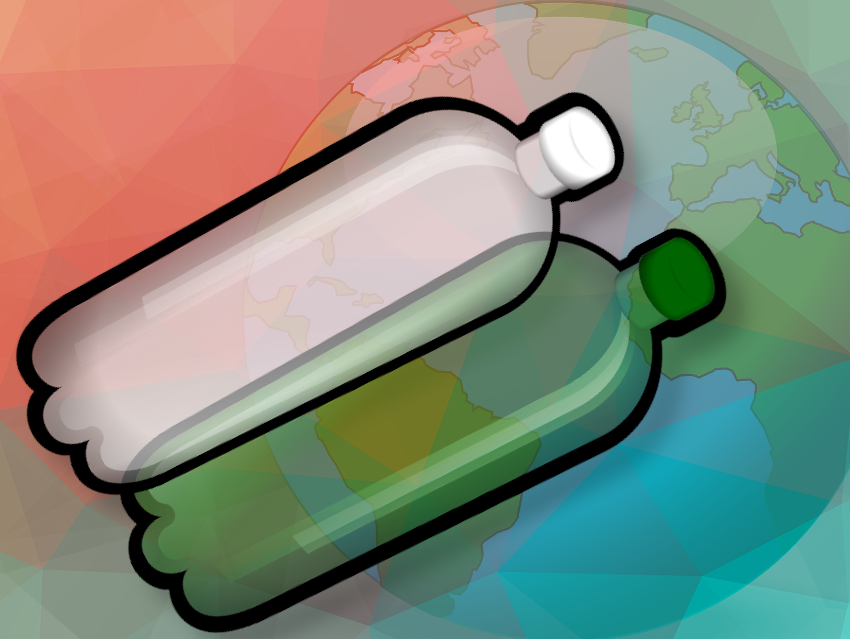Plastic pollution is a pressing global issue that has led to the UN’s ratification of the Plastics Treaty, which aims to create a legally binding framework to address this problem. For effective implementation, a global inventory of plastic emissions is essential, similar to those for greenhouse gas and mercury.
Joshua W. Cottom, Ed Cook, and Costas A. Velis, University of Leeds, UK, have developed a methodology to map and quantify macroplastic emissions at the municipality level. They used data from five key sources of waste: (1) uncollected waste, (2) littering, (3) collection systems, (4) uncontrolled disposal, and (5) rejects from sorting and reprocessing, for 50,702 municipalities wordlwide. Unmeasured data were predicted using machine learning, and flows were mapped using probabilistic material flow analysis (MFA) for the year 2020, making this one of the most detailed global inventories of plastic pollution. The researchers define emissions as materials that have shifted from a managed system (controlled or contained) to an unmanaged system (uncontrolled or uncontained, such as the environment) with no control.
The researchers estimate global plastic waste emissions at 52.1 [48.3–56.3] million metric tonnes (Mt) per year, with approximately 57% wt. open burned and and 43% wt. unburned debris. Littering is the largest emission source in the Global North, whereas uncollected waste dominants emissions in the Global South.
15% of the world’s population, around 1.2 billion people, living without access to adequate waste collection service, forcing them to “self-manage” waste by dumping or burning it. This is an urgent global human health issue, as the open burning of plastic waste can cause substantial health damage, including neurodevelopmental and reproductive defects, and a wider spread of the pollution.
Southern Asia has the highest plastic pollution emissions globally, with India as the top contributor, producing 9.3 million tons annually, about a fifth of the global total. Nigeria ranks second with 3.5 million tons, followed by Indonesia with 3.4 million tons. China, once the largest polluter, is now fourth, showing progress in waste management through incineration and controlled landfills.
The USA performed relatively well, ranking 90th out of 246 nations studied. While Sub-Saharan Africa has low overall pollution levels, some countries are per capita hotspots, raising concerns that the region could become a major source of plastic pollution in the coming decades.
The researchers suggest that their findings can help inform treaty negotiations and develop national and sub-national waste management action plans and source inventories. They call on policymakers to create a “new, ambitious, and legally binding” Plastics Treaty to tackle plastic pollution, which disproportionately affects some of the world’s poorest communities, who have limited capacity to address the issue.
- A local-to-global emissions inventory of macroplastic pollution,
Joshua W. Cottom, Ed Cook, Costas A. Velis,
Nature 2024, 633, 101–108.
https://doi.org/10.1038/s41586-024-07758-6




